Craigievar Castle is one of Scotland’s best-preserved tower houses – built in the late 1500s and cared for by the National Trust for Scotland (NTS) since 1962. The Castle is an exquisite example of Scottish Baronial architecture and is believed as the inspiration for the famous Disney’s Cinderella Castle. The characteristic pink harling makes Craigievar recognisable worldwide.
In the summer of 2020, AOC’s Digital Heritage Team worked on 3D recording of one of the most picturesque tower houses in Scotland – Craigievar Castle in Aberdeenshire
Archaeological research has demonstrated how important Craigievar is in helping NTS understand how castles in Scotland were re-built and re-designed throughout their histories. When Craigievar was built in the late 1500s the castle was a simple four-storey tower with an enclosing wall attached. This enclosure, known in Scots as a barmkin, would probably have contained stables, smithy and brewhouse.
Today only the west side of the barmkin survives. The rest of the wall and the buildings inside the enclosure were removed in the 1800s, but Craigievar is still one of the only castles in Aberdeenshire to retain any part of its enclosure
In 1990 excavation led by Moira Greig, revealed the remains of the east wall and part of the south wall of the original barmkin, along with two contemporary stone drains and a few post-holes.
The excavation also recovered pottery, glass and coins. A silver sixpence dating from the reign of Elizabeth I in 1573 was discovered within the south wall of the barmkin during the excavation, suggesting the wall was built at the same time as the castle sometime in the late 1500s. To learn more, have a look at this article.
Craigievar Castle in 3D
Augmented Reality App
In 2020 NTS teamed up with Lidl to release an augmented reality experience of Craigievar, a 3D model for which was created by AOC Archaeology in collaboration with Ulmus Media.
The 3D data was captured during the COVID-19 pandemic, to allow visitors to explore the castle online, as it remained closed for several months following the government’s guidance.
3D Recording and excavation
The entire exterior of the tower was recorded in 3D using photogrammetry and drones.
The principle of the photogrammetric process, in short, is fairly simple. It comes down to methodically taking hundreds of overlapping images (see the image – each one of these floating rectangles represents a camera position).Here, this involved flying a drone around the castle to get an even coverage of the entire structure
Once the 3D model was processed we blended it with the ecavation interpretation from archival materials to better show what archaeological work was done in the past and what is still left on site. Have a look at the final result below:












